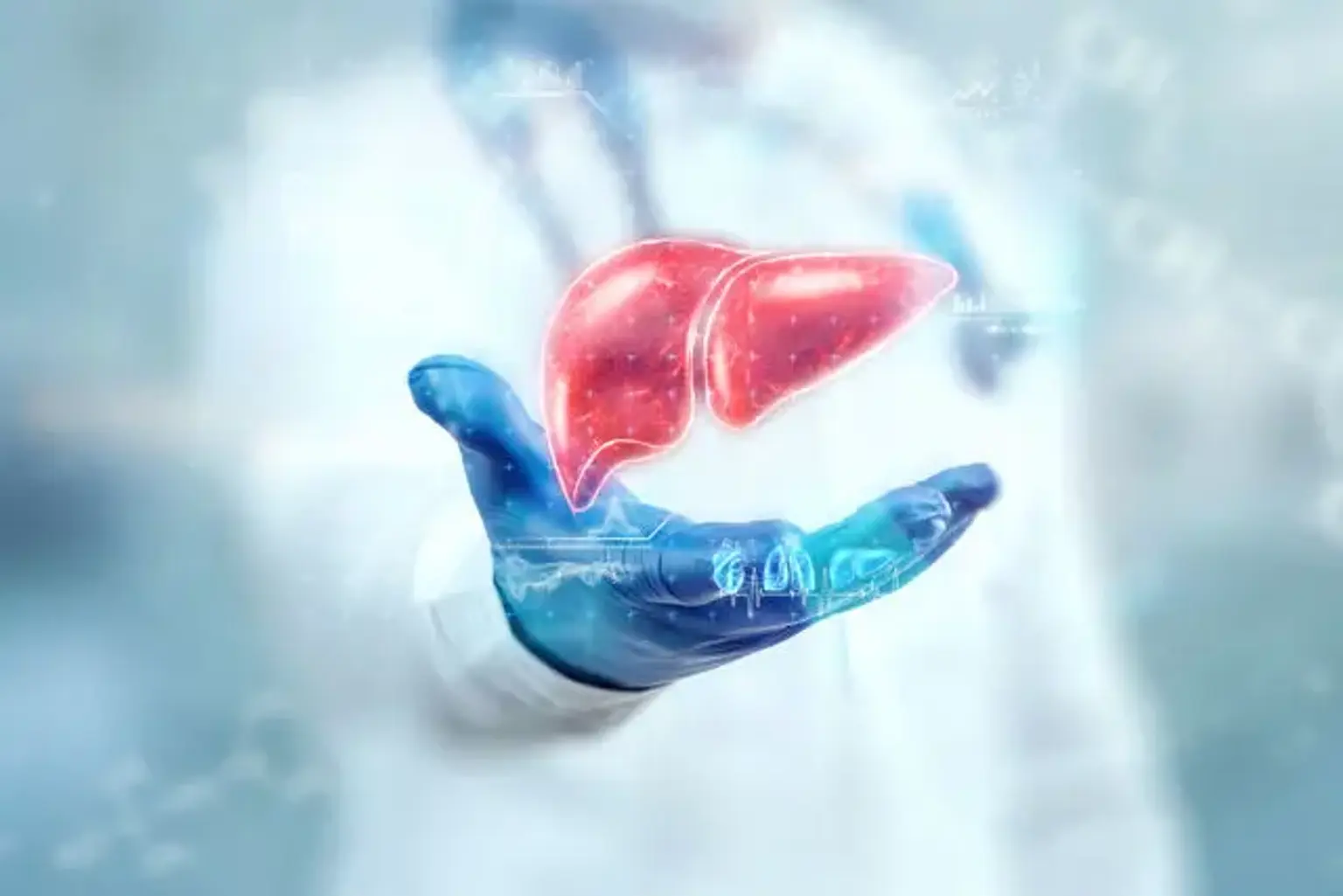Liver Transplantation
In the United States, cirrhosis and decompensated liver disease were the tenth highest cause of death for males. Liver transplantation (LT) is a life-saving surgery and a well-established treatment option for patients with acute and chronic end-stage liver disease. It restores regular health and wellbeing, as well as an approximately 15-year increase in lifetime. When all other medical options had been tried, liver transplantation was introduced as a last resort to treat a wide variety of liver disorders. Overall patient survival is high, according to the Scientific Registry of Transplant Recipients, with 90 percent at one year and 78 percent at five years following liver transplantation.
Since the first liver transplantation in the 1960s, there have been continual advancements and considerable changes in surgical technique, type of organ donation with the growth of the organ donation supply, and a big focus on the recipients' and donors' wellbeing. There are still significant obstacles, such as the scarcity of donor organs, the identification of liver transplantation candidates, and organ distribution.
